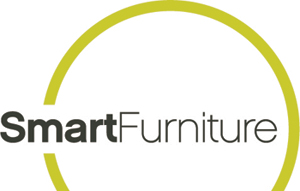Monday, May 24, 2010 at 12:29 PM
This week we’re joining others throughout the country to celebrate National Small Business Week, declared by the President of the United States to recognize the impact of small businesses on America’s economic well-being.
We hear great stories every day about how Google Apps is helping small businesses compete and grow. So, to honor the millions of small businesses across America, we’re kicking off a week-long blog series to share their stories. We’ll highlight some of the outstanding entrepreneurs and small businesses that we’ve worked with over the past few years, how Google Apps has helped them grow, and examples of ways small businesses are using tools in the Google Apps suite.
To start, we’d like to share a story showcasing Stephen Culp, Founder and Chairman of Smart Furniture and CEO of Delegator. Read Stephen's post on the Official Google Blog to see how his business is using Google Apps – and stay tuned for more small business news throughout the week.
Posted by Michelle Lisowski, the Google Apps team








